How To Use Public Transport In Japan: Do Not Get Lost
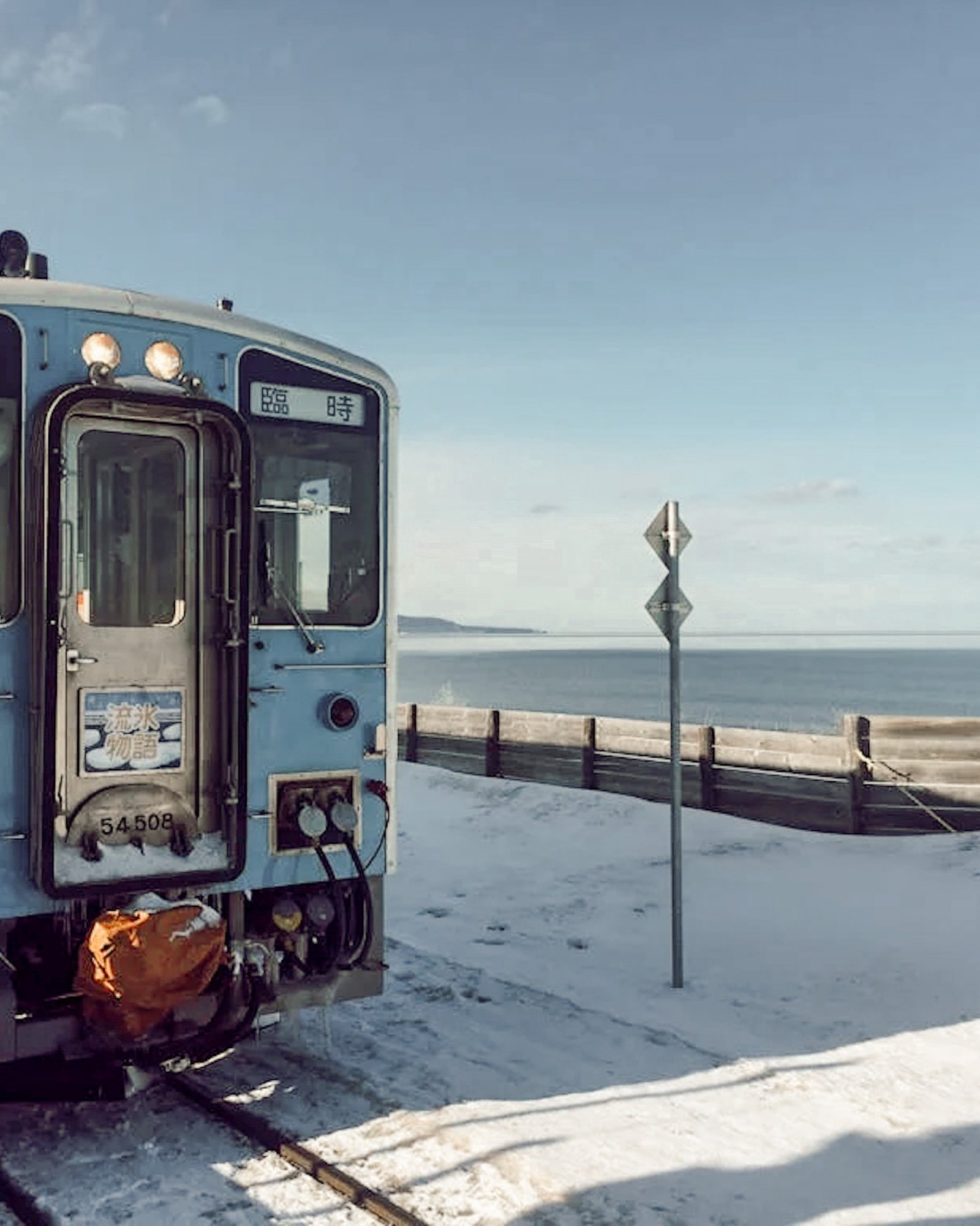
This post may contain affiliate links. That means if you click and make a purchase, I may earn a small commission at no extra cost to you. I appreciate your support!💙
How to use public transport in Japan! Let’s be real: researching public transport in Japan can feel like diving into a maze. The more you read, the more tangled it seems.
But fear not! It’s not as daunting as it appears. I admit that I let Google worry me with the amount of information about the train and subway system in Japan!
You do need to know a few things about public transport in Japan before travelling to Japan! It will make your trip a lot easier.
When I arrived at Shinjuku airport, I almost had a melt down! Shinjuku Station is massive, crowded and I didn’t realize that you need to pay attention on which exit to take (which leads you to a certain side of the train station) straight from the platform.
I walked around for way too long (all jet lagged and tired) to find the right exit and ended up taking just any exit where I basically had to go around the station to get to my hotel. Rookie mistake!
With all the travel content about Japan on my Instagram, I noticed a common question: How do I tackle Japan’s public transport?
I’ve put together this post to explain my experience with Japan’s public transport system. I’ll try to simplify it as much as possible. Brace yourself, though—after reading this post, there may still be a few head-scratchers.
Check out these other posts about Japan!🇯🇵
- The Ultimate Solo Female Travel Guide To Kyoto
- The Ultimate 2-Week Solo Itinerary: First Time In Japan
- Discover The Best Tours To Mount Fuji In Japan
- The Best Top-Rated Food Tours In Osaka: Taste Japanese Cuisine
- 9 Reasons Why Japan Is Fantastic For Solo Female Travel
- The Perfect 5-Day Itinerary To Tokyo: The Highlights
- Don’t Miss These Fantastic Boutique Hotels In Kyoto
- 11 Unique Things You Need To Know Before Travelling To Japan
- The Ultimate 2-Day Highlights Itinerary To Kyoto
- The Perfect 5-day Itinerary to Tokyo: The Highlights
What is the Suica Pass?
Update March 2024: the Suica Welcome Pass isn’t available anymore, and regular Suica cards are available again at the airport at the JR counter at Narita Airport! If you have an iPhone, you can use the Suica card digitally ( see below), which works great!
Starting September 2023, Suica and Pasmo passes were temporarily halted due to shortages. However, Japan introduced the Suica Welcome pass specifically tailored to tourists, available at Narita Airport.
Upon arrival at Narita Airport, simply follow the signs for trains (such as the Narita Express), and you’ll see signs for the Suica Welcome pass. Obtaining the Suica Welcome pass is easy using the vending machines.
Credit card payments can be made, and you can easily reload your card right away. I initially loaded mine with 3000 yen, which covered nearly a week’s worth of rides in Japan.
The Suica Pass grants access to all public transportation, including buses, subways, and trains. It’s valid for 30 days, and there are no refunds for any remaining balance on the card. Therefore, it’s advisable not to top it up too much. You can always reload when necessary.
Suica Pass on your iPhone
The Suica pass can also be added to your iPhone wallet. I used this in March 2024 and it works perfectly! The setup, however, was easy! I have an iPhone 13 Pro and a Visa credit card, so keep that in mind.
- Go to Wallet
- Tap the +
- Tap “Travel Card”
- Search for “Suica”
- Continue with the setup
- You can use your credit card to add money
- Done
What is the Pasmo Pass?
The Pasmo pass is the same as the Suica pass, but it is just a different transport provider. But just like the Suica pass, it also (temporarily?) discontinued.
How to get from Narita Airport to Tokyo
The Narita Airport Express
The Narita Airport Express is the fastest way to get from Narita Airport to Tokyo. You can easily buy tickets through the airport’s vending machines. Just follow the signs for trains and NEX.
The trains are clean and spacious and have reserved seating, which you can choose when purchasing your ticket.
At the airport, you’ll pay around 3050 yen/ €18/ $20 (march 2024) or have it arranged in advance and book your easy Klook Narita Express Ticket online.
The Klook Narita Express Ticket is the easiest if you want to have it arranged on an English website.
What is The JR Rail Pass?
The JR Rail Pass is undoubtedly the most frequently inquired-about topic! So, let me break it down for you.
The JR Rail Pass is designed exclusively for foreigners and tourists, the JR Rail Pass provides unlimited train journeys on JR trains for one, two, or three weeks.
You need to purchase the JR Rail Pass before your Japan trip. Upon arrival, you can collect the pass from any JR counter at the airport or train station.
The JR pass also includes rides on the JR Yamanote loop line within Tokyo, a convenient line with numerous stops across the city. But more on that later!
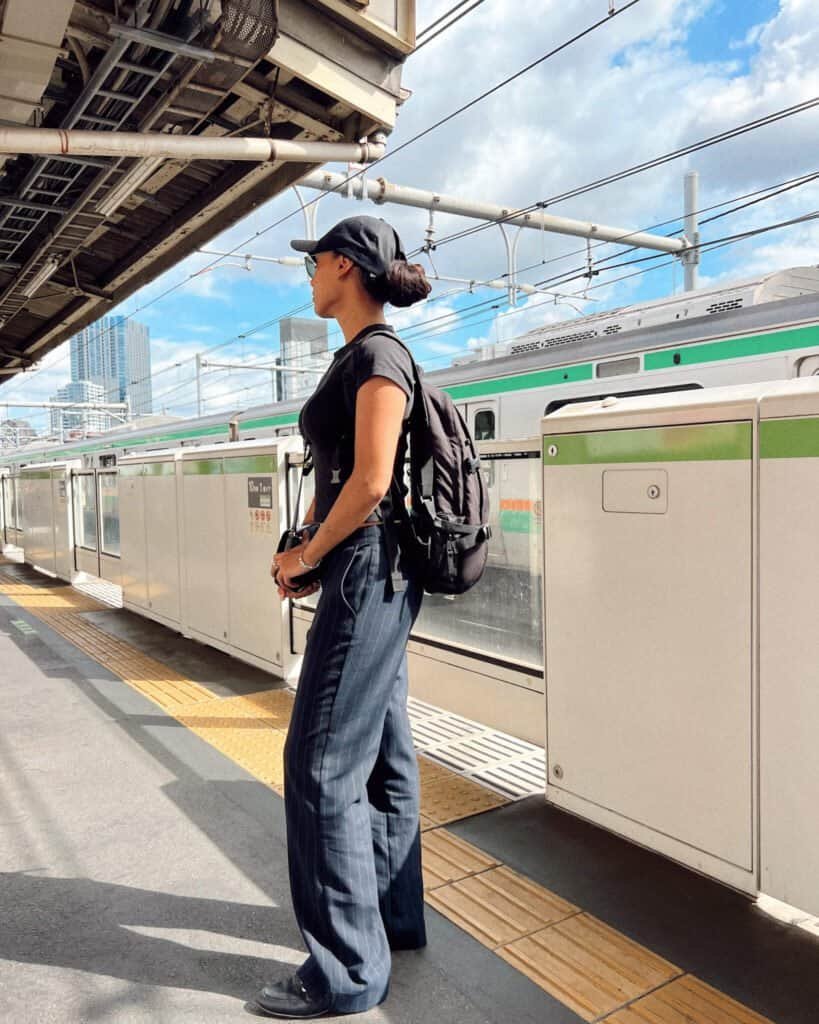
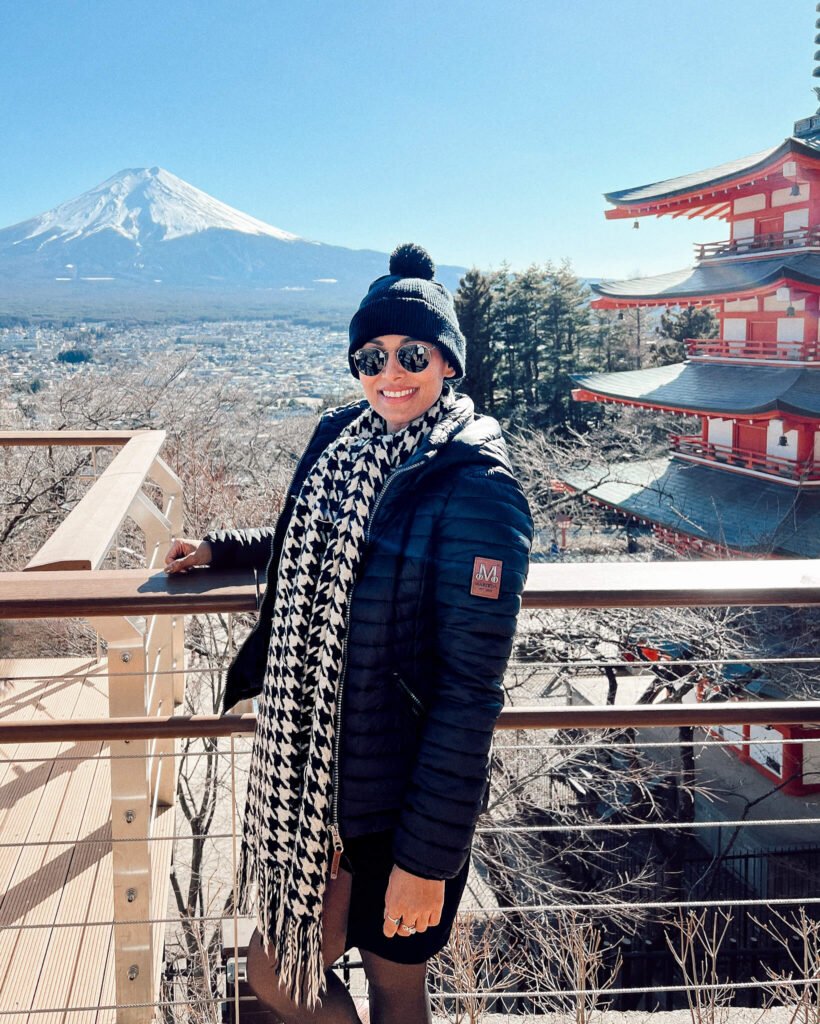
Is the JR Rail Pass worth The price?
The price of the JR Rail Pass increased in September 2023. Therefore, it’s wise to calculate whether the JR Rail Pass is worth the price. It’s only worth it if you’re going to travel long distances by train multiple times in that amount of time.
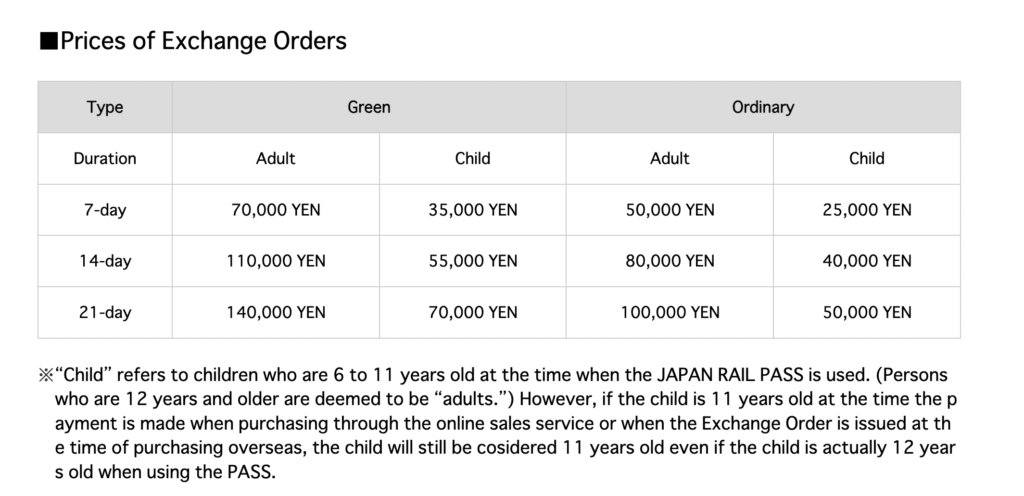
Let’s take my September trip to Japan as an example. I stayed in Japan for 12 days. I travelled by train from Narita Airport to Tokyo, from Tokyo to Kyoto, and from Kyoto to Osaka to Osaka Airport.
| Route: | Price: |
| Narita – Tokyo (Narita Express) | 3250 yen |
| Tokyo – Kyoto (Hikari/ Kodomo) | 13850 yen |
| Kyoto – Osaka – KIX Airport | 1000 yen |
| Total: | 18100 yen |
As you can see, this isn’t by far worth it! Even if I had done it in 7 days, it’s still not worth it!
You also need to keep in mind that the JR pass can be used only on JR lines. So, my trip by train from Kyoto to Nara and back wasn’t valid on the JR line. You’ll need to buy a separate ticket.
Can I use the JR Rail pass on the Shinkansen bullet train?
The JR Rail pass can not be used on all Shinkansen trains. What does that mean? The Shinkansen bullet train has several trains. The Nozomi train is the fastest. It will take you from Tokyo to Kyoto in 2 hours and 20 minutes.
The JR Rail pass is not valid on this train, so you’ll need to buy a supplement ticket, which is expensive (about 5000 yen!). on top of the JR Rail pass.
Then there’s Hikari or Kodomo. These trains take a bit longer because they stop at more stations. The JR Rail pass is valid on these trains.
Is the JR Pass worth it?
Only if you’re travelling long distances by train nationwide multiple times in Japan during the days is your JR Rail pass valid. Which in most cases it’s not.
Where can you buy the JR Rail pass?
You can buy the JR Rail pass online through their official website on Japan Rail Pass or you can buy the JR Rail Pass via Klook (easier to understand because it’s in English).
The JR Yamanote Train line in Tokyo city
Even though the JR Rail Pass includes rides on the JR trains within Tokyo, it still doesn’t cut it. Prices are cheap within the city when using the train or the subway, and the Yamanote Line is also very crowded all the time.
I found it easier to use the subway or train line that was the fastest and closest to me, not having to think if a line was a JR line. I felt it was more efficient.
When should I buy the JR Rail Pass?
If you’re going to take the train and subway a lot within the validity of the JR pass and travel long distances, it can be worth it. If you’re travelling there and back between Tokyo and Osaka for example or if you travelling from one side of the country like Sapporo, via Tokyo to Osaka to Hiroshima.
How to buy train tickets in Japan?
Separate train tickets can be bought via the ticket machines at the train stations, which can be a bit confusing. But there is always a staff member to help at the bigger train stations.
You can also buy your train tickets easily and conveniently on Klook Japan Train Tickets. If you don’t want to struggle with the ticket machines I highly recommend this option!
How to use Google Maps in Japan
First things first: download either Google Maps or Apple Maps—they both get the job done! These apps provide comprehensive guidance, detailing which line to take, which exit to use, and the specifics of each line, including number, name, and colour.
It’s just like navigating the subway or train system back home. Yes, there are also local apps, but why download another app when these work perfectly?
Check the station name, the station number, whether you’re going up or down (the numbers go ascending or descending), and the direction. If you do all of this, you can’t go wrong!
You can also see which exit to take when transferring lines or which exit takes you to your destination the fastest.
And remember. If you do get on the wrong line, it’s not like you’re riding off into the Bermuda Triangle. Simply get off at the next stop and go back.
How to get around the subway and train stations in Japan
Attempting to make sense of all the signs you’ll encounter can be stressful. But that’s precisely what it is—there’s simply an abundance of signs!
Take a moment to absorb your surroundings. Look around. Breathe!😄 Begin searching for directional indicators. Keep an eye out for train line names or numbers. In larger stations, you may need to walk a bit to find the correct line.
Once, at Kyoto Station, I couldn’t find signs for a specific train line to Nara. I simply went to the information desk and asked. It turned out I had to walk to the other side to access that line.
Efforts are made at bigger stations to ensure clarity, hence the huge amount of signs everywhere.
Things to know about public transport in Japan
Pay attention to the Exit signs
My first mistake when arriving at Shinjuku Station in Tokyo was failing to check which exit would lead me to my hotel. Shinjuku Station is massive, and I wrongly assumed that taking any exit on the platform would get me to my exit.
Which is a pretty solid assumption anywhere else in the world!
Unfortunately, this wasn’t the case! I had to take a specific exit on the platform when disembarking the train to reach the corresponding exit number. So it’s important to pay attention as soon as you disembark from the train or metro.
You’ll see a sign like ‘exits 1-12 this way’.
Supplement train tickets
Some lines require an additional supplement ticket in addition to your subway fare, which confused me the most. If you need to board a particular train line, simply follow the signs. If you encounter fare gates, use your Suica Card and proceed.
If you need a supplement ticket, there will be signs near the platform. Just pay attention. Most trains that require reserved seating require a supplement ticket.
When getting back and checking out. You sometimes need to tap both cards. So, you tap the supplement ticket and your Suica Card (you paid the basic fare with your Suica Card).
I know this sounds very complicated, but this will not be the standard! In my experience, there’s always an information desk or staff to help you, probably because it’s confusing to more people.
These supplement tickets can always be bought near the platform through a ticket machine.

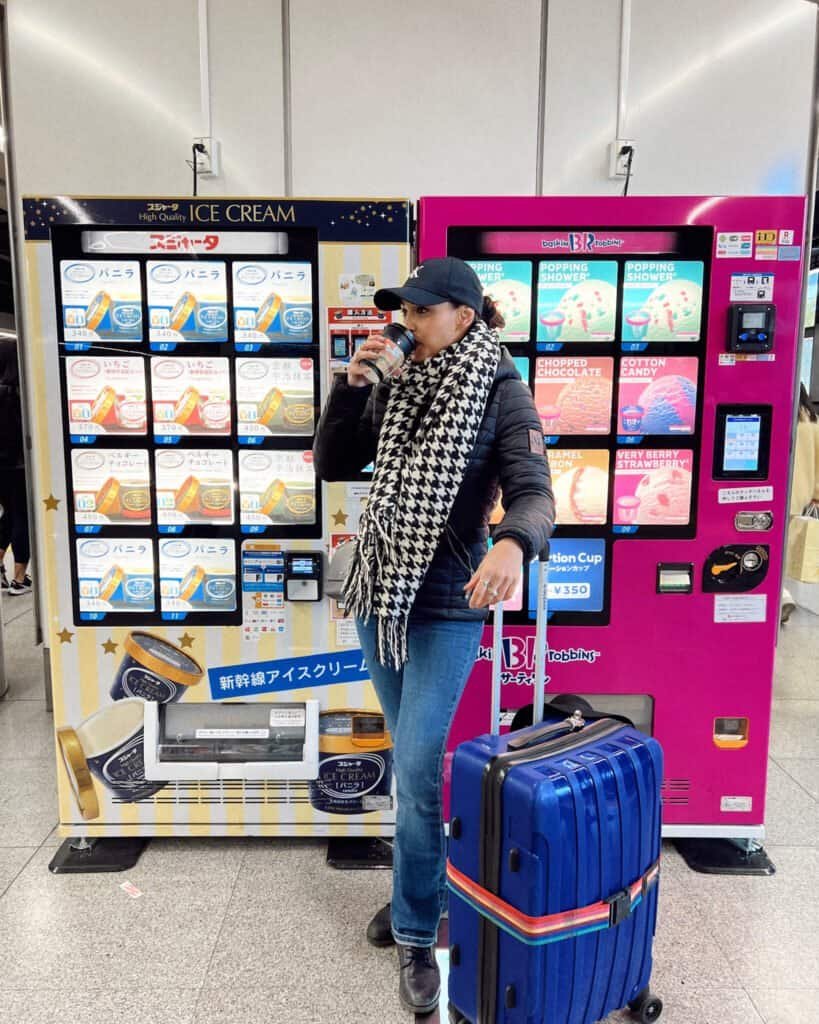
Use Suica for vending machines
Another nice thing about the Suica Card is that you can use it for vending machines, too! There are lots of vending machines for food and drinks around the city. Just tap your card, and that’s it!
avoid Rush hour
Public transport in Japan during rush hour is super crowded! I’m giving you a heads-up. Be prepared or try to avoid rush hour whenever you can.
Calculate extra time
If you need to be somewhere, it’s smart to calculate extra time to figure out where and how to go. You’ll need time to find the right line and the right location. Especially at the major train stations like Shibuya or Shinjuku can be confusing.
Plan your trip
With my online resources
Use my travel planning roadmap with all my digital resources to book every detail of your trip!
Hopefully, I’ve explained how to use public transport in Japan without confusing you. My best advice is to let all this information sink in and come back to it again if necessary.
Then let it go! Things will make so much more sense when you’re there and when you can see it. If you’re still confused about how to plan your Japan trip? I have the perfect 2-week Japan itinerary for you! And don’t forget to check out my 5-day Tokyo itinerary and 2-day Kyoto itinerary!
Happy and safe travels! As always, I’m here for questions! The fastest way is to leave a comment on my latest Instagram post!
I would LOVE to hear if this post was helpful and if I explained it properly!
Ps. Did you know you could travel to Mount Fuji by train? I feel a guided tour is the best option, but if you prefer to take matters into your own hands, public transport is possible!


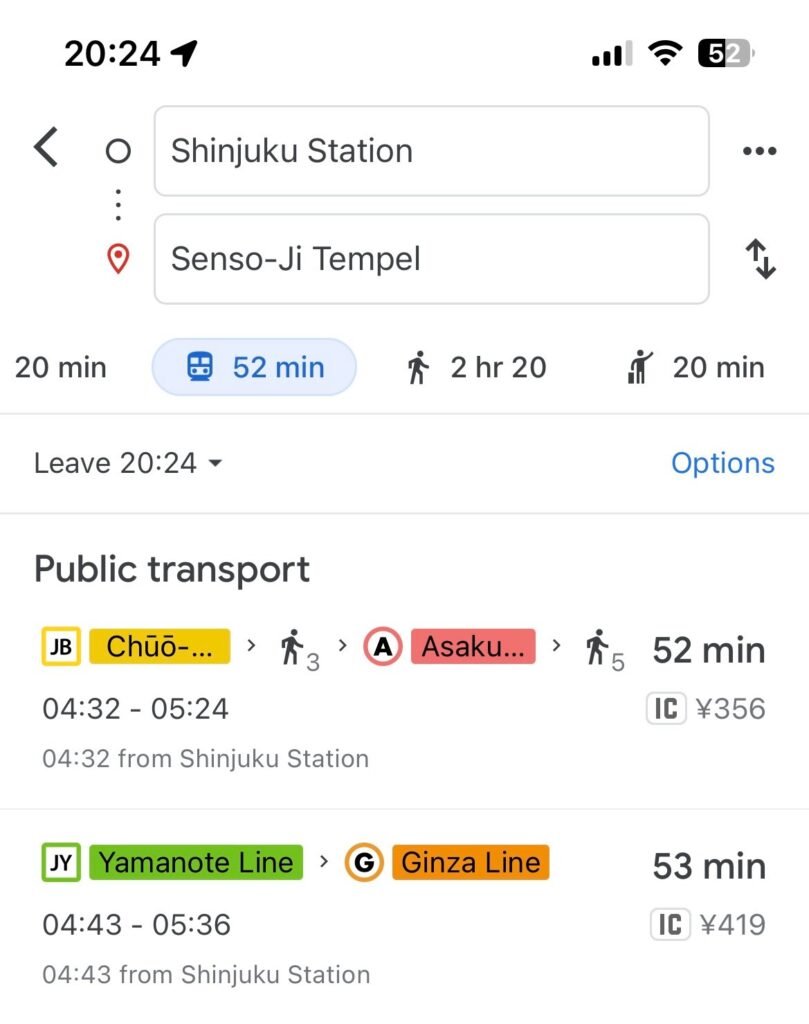
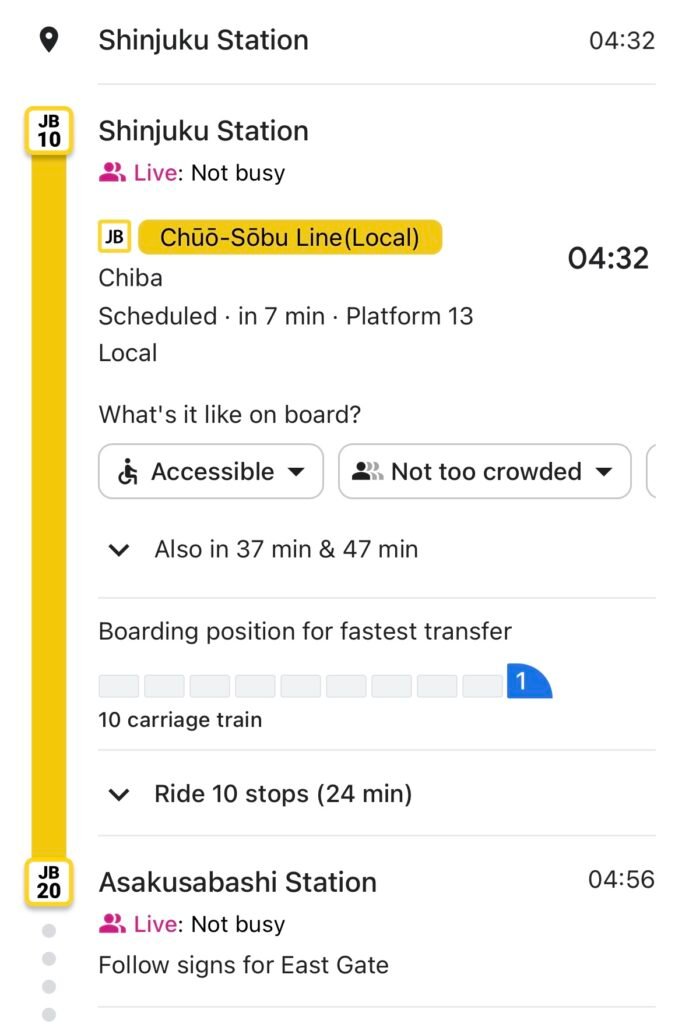

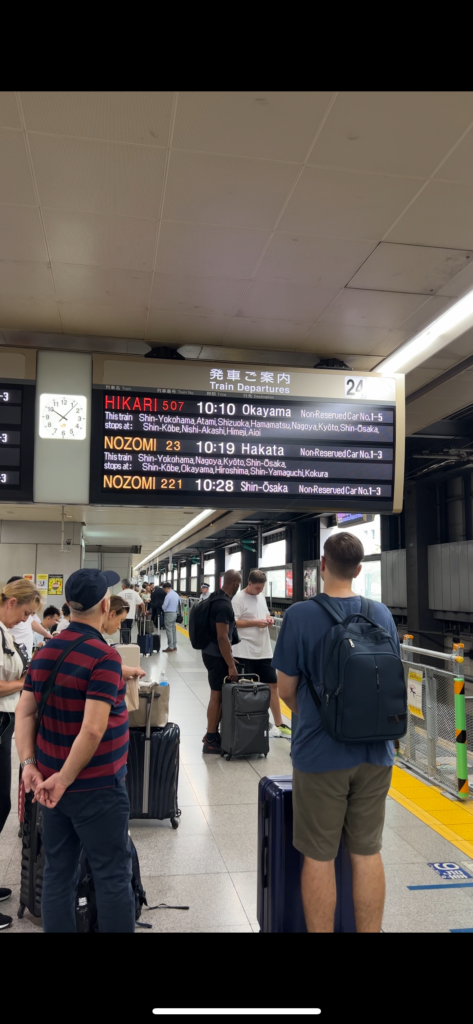
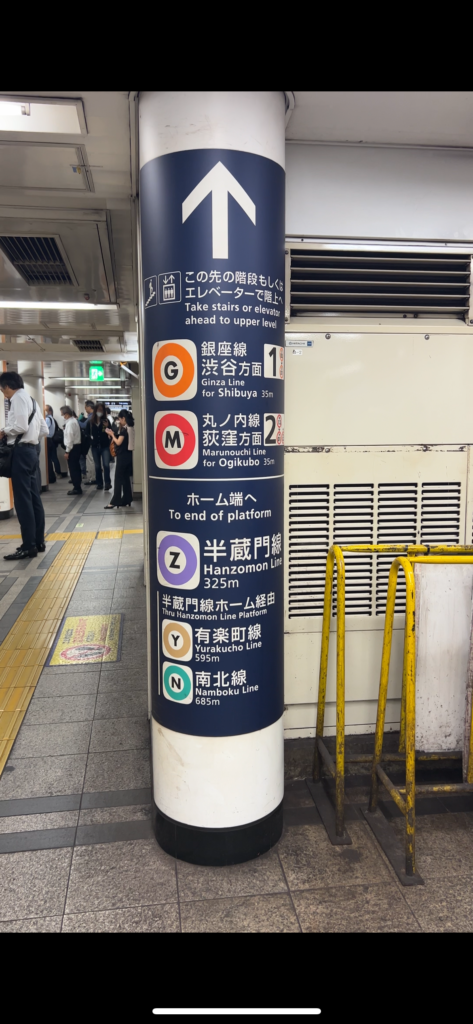


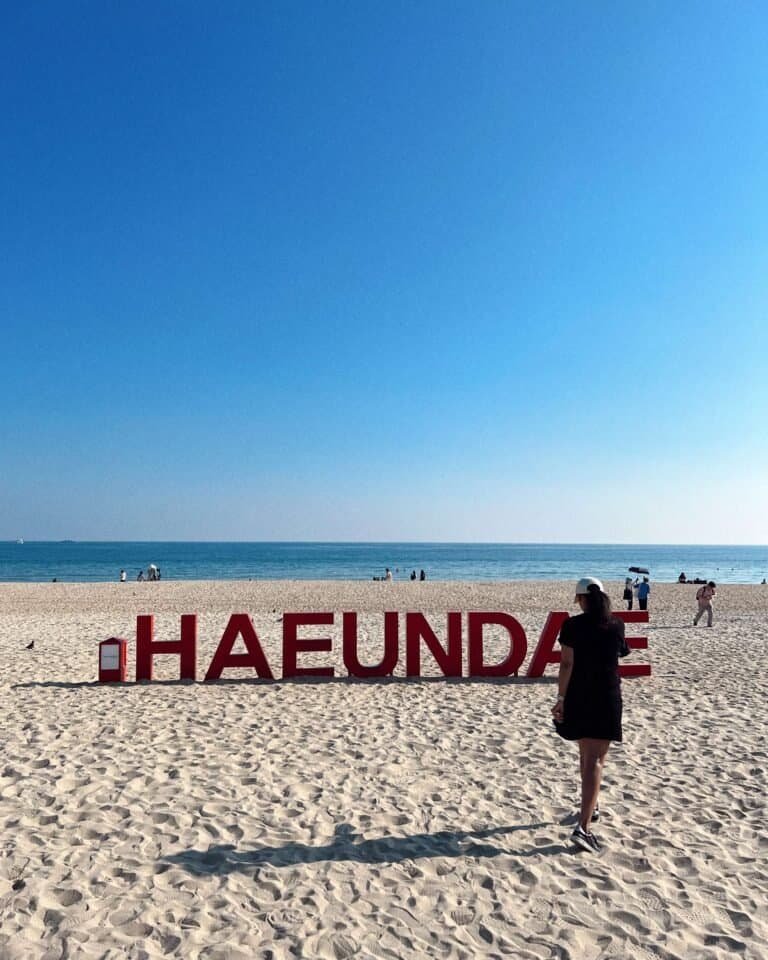
This has been helpful. Thank you. Planning a trip to Japan very soon. Overwhelmed!